6. Wings of Desire
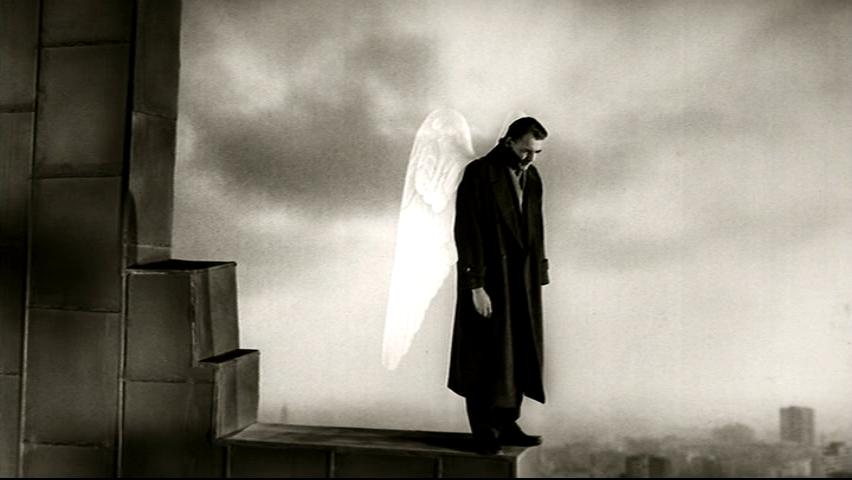
Based on a novel by Austrian writer Peter Handke, “Wings of Desire” is one the films that earned Wim Wenders the international acclaim and recognition that he has today.
The film displays two angels wandering around Berlin. They only have one duty: to try to save the life of human by bringing them comfort in their hours of anguish and despair. They cannot be seen by the humans, and they interact directly with them; they are isolated from the humanity by the immoral condition. But one of the angels desires to feel what it is to be alive, what it is to be human, and thus he start considering giving up being immortal in order to become human.
But what does it mean to be human? Soren Kierkegaard said humanity was the synthesis of mind and body; he said that angels would not be human precisely because they would not experience mortality, and thus would be unable to feel existential anguish.
To create this alienated experience toward humanity from the point of view of an angel, Wenders relied not so much in image but in sound. Through subtle techniques and powerful sound design, the experience of humanity and non-humanity is presented in the film. Take, for example, a conversation where a former angel talks about what it’s like to be human; in this scene, the sound of little and insignificant actions are enhanced in order to create the beauty of humanity.
7. The Godfather
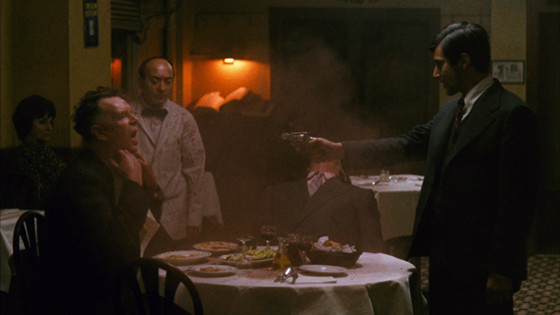
One of the films that most successfully achieved a combination of artistic and commercial success. “The Godfather” is a film which Francis Ford Coppola and his associates (including legendary editor and sound designer Walter Murch) put in all of their creativity.
The film displays the transformation of Michael Corleone as he enters the dark world of crime and takes control and responsibility for his father’s family. Michael is first presented and is a character who wants to stay away from the crime in the family, but he ends up becoming exactly what he wanted to avoid.
“The Godfather” is a film that presents a profound psychological transformation and is full of thresholds that the characters crosses. It is normally expressed visually, but Murch found a way to do it also with sound.
Take, for example, the scene in which Michael has to kill Sollozzo: here Murch used off-screen sound, a train, to portray the importance of the moment and the action, as Michael is starting a process with no turning point. The techniques and motivations for the sound design in “The Godfather” are carefully explained in Murch’s article Stretching Sound.
8. Psycho
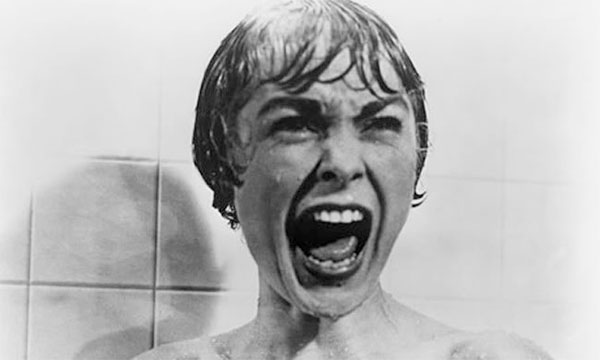
Released in 1960, “Psycho” was one of the most commercially successful films directed by legendary Alfred Hitchcock. This film displays a series of murders involving a motel run by Norman Bates. Hitchcock created a groundbreaking narrative in which the main character is murdered at the half of the film.
The motel becomes a powerful space full of the sense of threats. There are many secrets within the motel and within Norman Bates, and every time someone goes in, that person enters a zone of danger and mystery.
The tool that Hitchcock used to create this atmosphere, apart from his very precise visual technique, mise en scene and montage, was sound. There are many creative uses of sound in “Psycho,” going from the use of off-screen dialogues to create the illusion that the mother of Bates is present and alive.
Also, the precision characteristic of his images is also present in the sound design; Hitchcock is able to orchestrate the sound and music in order to enhance the dramatic tension and to make the viewer experience the shock of the murders with the characters.
9. Moonrise Kingdom
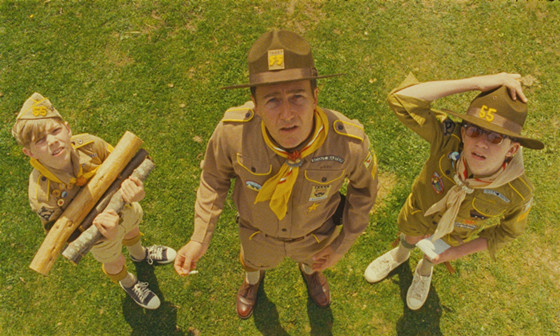
Two kids that are in their own way strangers to their own families and context decide to run away together into the wild. They are in love in their own strange way, and as they interact and get know each other, the rest of the world is chasing them. They face both the challenge of running away and of interacting and connecting with each other. This films is one of Wes Anderson’s most acclaimed and recognized films, and also probably one of his most personal (even though all of his films are).
The sound design is part of the fantasy world that Anderson creates for this film through production design and acting. There is a constant preoccupation in isolating characters and their actions in order to create the awkward and ironic world of Anderson, and this is done both in the image and the sound.
The film isolates sounds and puts them in “close-up” – it stretches them as long as it is able to in order to make them awkward, and in this way create the powerful atmosphere for which we know and love “Moonrise Kingdom.”
10. Cléo from 5 to 7
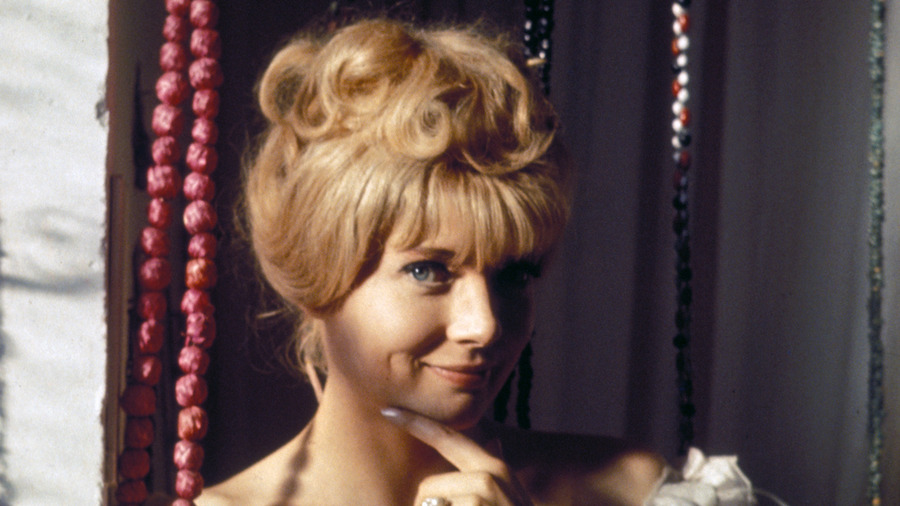
Written and directed by legendary director Agnes Varda, “Cleo from 5 to 7” is a film done within the effervescence of the French New Wave and thus it displays a profoundly inventive form. The film is about a young, rich singer who faces idea of dying due to a terminal disease. Through the film and due to the news of her health, Cléo experiences several episodes in which she reconsiders her life and the way in which she has lived it.
The film deals with existentialist thematics and displays a profound character transformation that goes from the alienated bourgeois character to the more sensitive and conscious Cléo at the end of the film. This involves a great degree of intimacy and human interaction, two things of which Varda is a master.
Through sound, Varda creates the atmosphere of closeness and intimacy that she needs in order for the viewer to experience with Cléo the profound transformation of her character. There is not a single element used in a certain way, but the manner in which the sound is presented and organized in order to re-create the inner experience of Cléo.